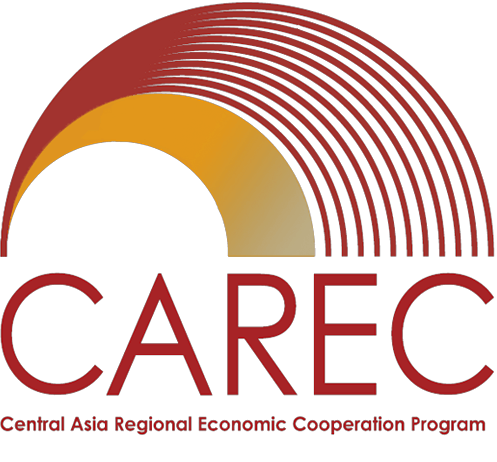Lessons in Effective Border Management for CAREC Countries

The use of modern technology and strong political will are key factors to successful reforms implemented by Georgia to improve border management.
Trade and customs officials from CAREC countries attended a workshop in Tbilisi, Georgia in April 2013 sponsored by the Asian Development Bank (ADB), the ADB Institute, and the CAREC Institute.
Participants also toured customs facilities and border-crossing points to observe how these reforms are being carried out.
Georgia’s reforms have entailed (i) the improvement of customs operations, including the introduction of automation and a “single-window” system; (ii) the implementation of a revised border management strategy; (iii) joint customs control with neighboring
countries; (iv) infrastructure development; and (v) capacity building for customs and border officers.
Takashi Matsumoto, of the World Customs Organization, noted that the government of Georgia invested heavily in technology to improve customs procedures and augment its trade facilitation strategy.
Although the focus was on best practices adopted by Georgia, participants also exchanged information, and shared experiences and perspectives on border management.
Speakers also noted that CAREC countries cannot simply replicate Georgia’s border management and customs control policies as each country operates within its own unique political and economic environment.
Nonetheless, the workshop aimed to provide officials of CAREC countries first-hand knowledge about new methods on border management that will influence reforms in their respective countries.
(“At the Border” and “Behind the Border” Integrated Trade Facilitation-Reforms and Implementation summarizes the proceedings of the Georgia workshop. Read the full report here.)
